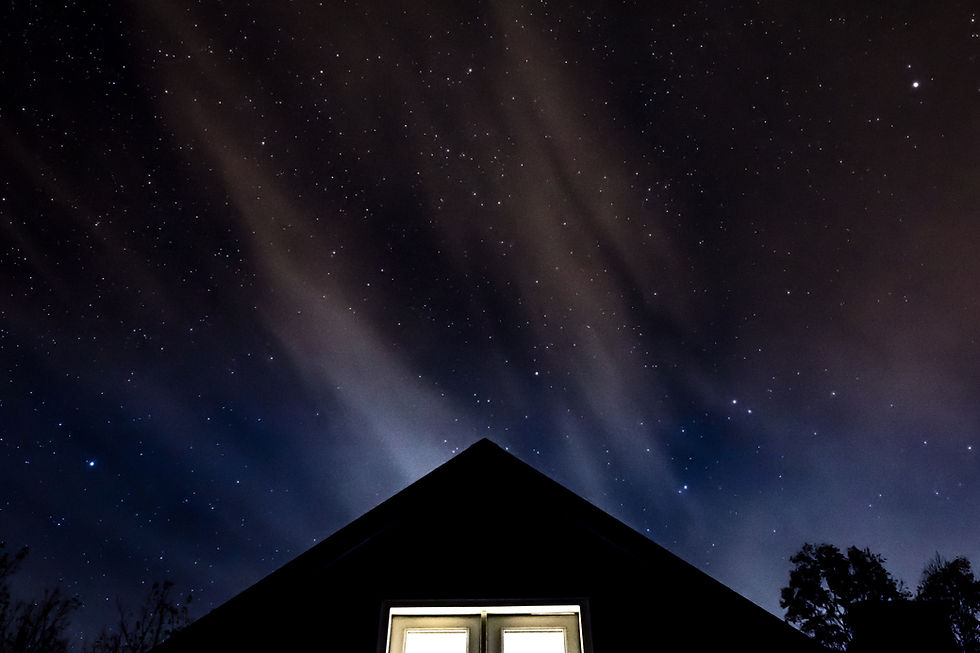the fairest of them all
- Jenaya Hughes
- Jan 29, 2019
- 3 min read
Updated: Mar 17, 2019
Lips as red as the rose, hair black as ebony, skin white as snow.
There have been many ambitious adaptations of fairy tales, all of which focus on one aspect of the tale and try to imbue an old story with more meaning and drag it into the spotlight again. One of which is called Cinder, which adapts Cinderella and turns the protagonist into a cyborg – which comes with a new host of problems. The book that I am concentrating on is called Boy, Snow, Bird. This is a delightful re-imagining of the fairy tale ‘Snow White’. The story focuses primarily on race, though it does touch upon other topics such as: feminism, gender, and multiple types of passing. However, the most important part of this book is the subversion of the trope of the ‘wicked stepmother’.
The wicked stepmother is an overarching theme that does not only have roots in Disney’s vault of movies. Hollywood also tends to dip into this rotten barrel to establish an antagonist, or to establish an opposite to the onscreen mother. One of the most potent examples of this is in the movie The Parent Trap The stepmother in this film is fiendishly evil, reminiscent of the villains in Disney. The stepmother is charming when she meets the child of her future husband, but quickly turns on her, and threatens her. By the end of the film she has promised to send her to boarding school to get rid of the ‘original’ mother’s influence. Many Cinderella adaptations have also tried to capture the essence of the ‘wicked stepmother’.
Boy, Snow, Bird also utilizes the trope of the wicked stepmother, but skillfully subverts it. Boy is set up to be the ultimate ‘wicked stepmother’. She marries into the Whitman family, and her husband, Arturo, has a child from a previous marriage. In a typical adaptation, Snow would be the protagonist battling against Boy and attempting to break the spell that has been cast over her father. However, Oyeyemi smartly inserts race into the ‘wicked stepmother’ trope. This would still be a perfect setup for Boy to be a typical, cruel stepmother, but Boy gives birth to Bird. Bird is darker than her mother and sister, and this spills the Whitman’s secret out into the public. I would argue that this is when the book starts to become interesting and starts to blur the lines between ‘wicked stepmother’ and ‘concerned mother’. Boy only sends Snow away (a typical stepmother move) to ensure that Bird has a fair chance at succeeding, and not being compared to Snow.
Bird’s insertion into the novel knocks a few cogs loose, and makes the reader question a few assumptions that they may hold. Boy doesn’t send Snow away for herself, or so that she can have Arturo to herself, as The Parent Trap, and other films have successfully demonstrated. Boy sends Snow away, so Bird has a fair shake at life – and I think this is where it starts upending the ‘wicked stepmother’. The novel does not argue that Boy wasn’t cruel to Snow, but that she had justifiable reasons, and that she did indeed love Snow in her own way.
Boy, Snow, Bird also reveals that it is not only Boy that fills the role of the ‘wicked stepmother’, but that Olivia might hold the position of that as well. She does not act ‘wickedly’ towards Boy, but she continues to dismiss and treat Bird differently than she had Snow. However, this mistreatment of Bird comes from her fear of being treated as lesser, and the years of making her children, and her grandchildren pass as white was her way of protecting them. Olivia is as complex as Boy – she only wants the safety and happiness of her family. Because of this I believe that the novel is arguing that there is not a ‘static’ representation of any mother, or woman, and that what you may think of as ‘wicked’ may have something further underneath the surface. Boy, Snow, Bird brilliantly subverts the trope of the ‘wicked stepmother’ and complicates the idea of a one dimensional ‘wicked’ character.




I also wrote about the fairy tale archetypes in this book, and I love your take! I only thought about the ways Boy subverts the evil stepmother trope, and didn't consider Olivia at all. I love your interpretation of Olivia fitting into the evil stepmother role just as much as Boy does, but that they are both complex characters and that neither is written as a one dimensional character to fill the role.
Also, your blog is gorgeous!
For clarification purposes, did you mean that Boy "...is set up to be the ultimate ‘wicked stepmother’"? I also agree that Boy, as a "wicked stepmother", pales in comparison to her own abusive mother, who equally qualifies for this role. I believe the latter's "wickedness" is downplayed in the novel. I even argued in my blog that appearances are so deceiving that Boy packs up the family for a trip to see Bird and Snow's grandmother, A.K.A. the true "wicked stepmother."
Janaya, I really enjoyed reading your take on this. I also chose to focus on the breaking of classic tropes, so it was fun to read another person's take on the same idea. I especially enjoyed that among all the fairy tale conventions that could be discussed you chose to pick just the idea of the evil stepmother to really explore it in detail. I hadn't thought of Olivia filling the evil step mother role before but you are absolutely right. Also, great job providing examples on how these characters are not one-dimensional.